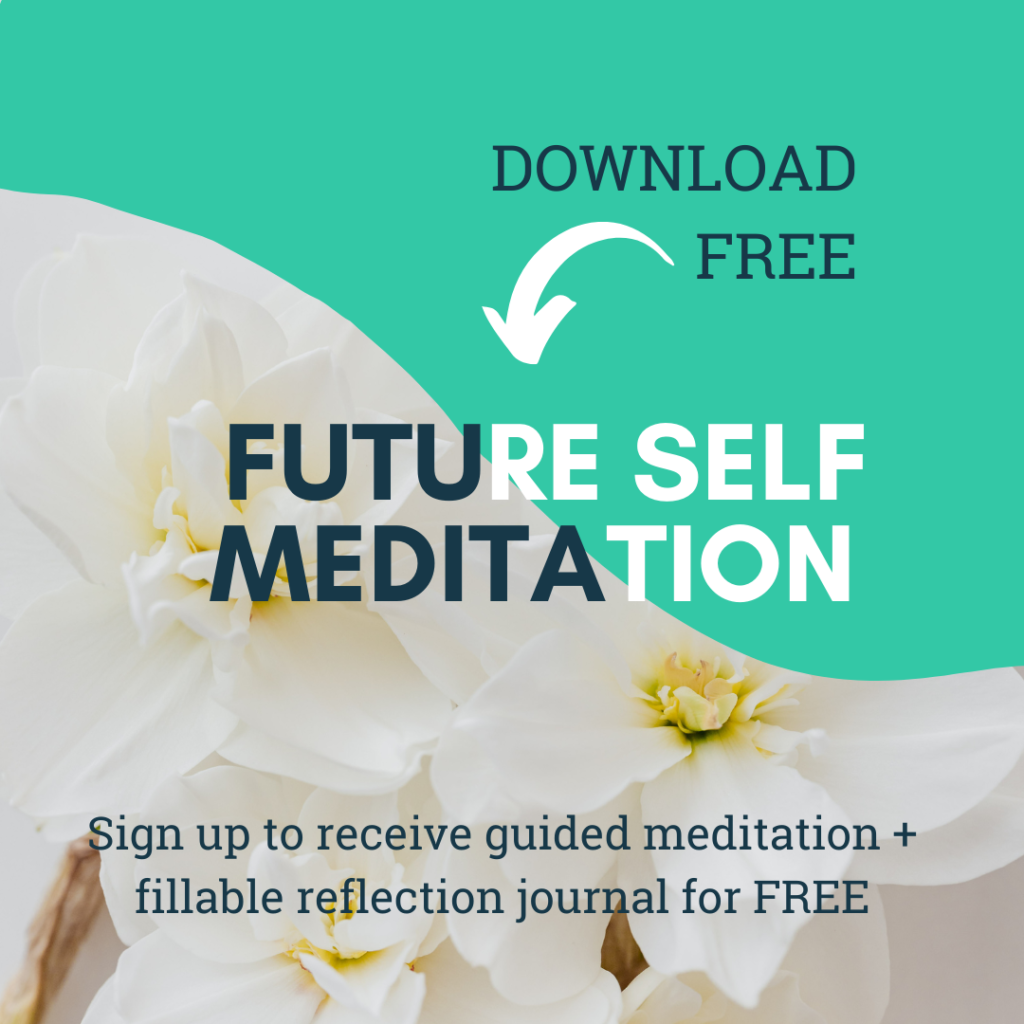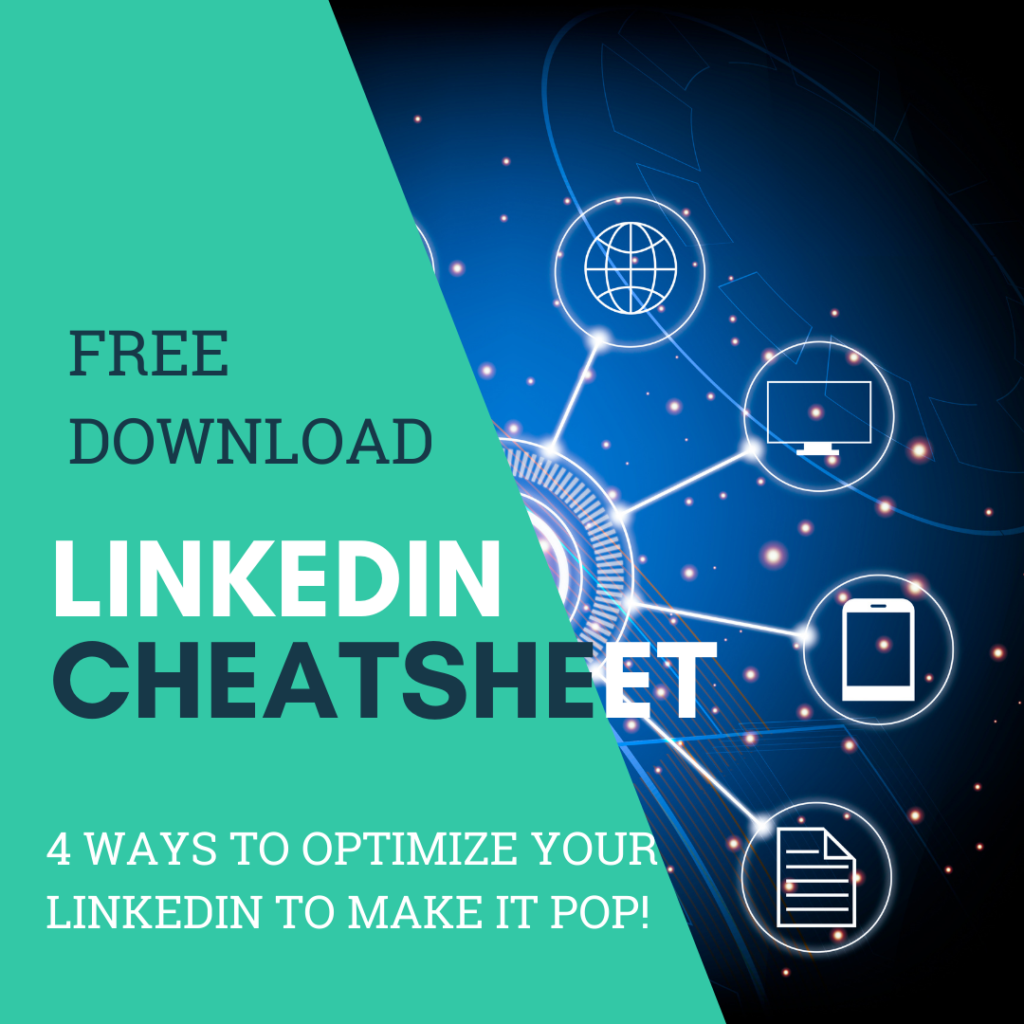To Work or To Sleep?
Most entrepreneurs are workaholics by default. The nature of birthing a business is to be all in, 24/7 and the good ones are also at the top of their game. And therein lies the tension. To work or to sleep? If the goal is productivity, what will be more efficient for the business in the long run? This isn’t just a time management question, it’s a sustainability and long term health dilemma.
There are two things that I am going to dive into now. One is sleep cycles and the question, “is less really more?” The second are work sprints, why they work and how solopreneurs can use them to maximize productivity.
 Some highly successful people have been known to sleep less. Thomas Edison, Nikolas Tesla, and Leonardo da Vinci were all famously short sleepers. In recent history, basketball star, Kobe Bryant has achieved acclaim for his work ethic and discipline because he is said to sleep only 4 hours a day. When looking at the routines of the highly successful, limited sleep is often used as a badge of honor and sign of dedication to work or craft. President Obama was said to get an average of 5 hours of sleep a night.
Some highly successful people have been known to sleep less. Thomas Edison, Nikolas Tesla, and Leonardo da Vinci were all famously short sleepers. In recent history, basketball star, Kobe Bryant has achieved acclaim for his work ethic and discipline because he is said to sleep only 4 hours a day. When looking at the routines of the highly successful, limited sleep is often used as a badge of honor and sign of dedication to work or craft. President Obama was said to get an average of 5 hours of sleep a night.
But does sleeping less and for shorter, more frequent periods like in a polyphasic cycle work? The crazy part, is that the science shows that IT DOES NOT WORK. Sleeping in this type of pattern, is acceptable if in a crisis and it is better than not sleeping, if other sleep is not able to occur. But sleeping outside of your body’s natural cicadian rhythm (sleep when you’re tired and wake when you aren’t anymore) only results in sleep deprivation and limited “intellectual accomplishment“. In short most of us aren’t wired to sleep in that kind of pattern. It’s bad for your health in the long term. In the short term, being tired all of the time is not good for productivity. You are less alert and less creative.
How Are We Wired?

Human beings start their lives as polyphasic. For those who are not familiar, a polyphasic cycle is one where someone take several shorter naps throughout the day as opposed to one long extended rest at night. There are several popular modern polyphasic sleep cycles that leverage this theory and anyone interested in this topic should check out the work of Claudio Stampi, who makes his life’s work on studying circadian rhythms. He even wrote a book on the topic.
We are all born on a naturally polyphasic cycle. Think of a newborn baby who sleeps pretty much all day. For children, these shorter and more frequent naps can be helpful during times of extreme growth to get more frequent rest breaks. Then, as we grow older, we transition into biphasic – taking a nap in the midday. And finally as adults (in North American work culture) we transition away from that, and suddenly are only sleeping once, usually for a long period, at night. The crazy part is that adult humans are still biphasic. That is we work optimally when we have 2 sleeps. One long sleep at night and a second, but shorter sleep in the late afternoon. This is the biphasic sleep cycle.
Productivity and the Midday Slump
 That sleepy feeling you get at 2-3 pm isn’t because you haven’t been exercising and taking your vitamins, it’s because your body is conditioned and requires rest at this time of day. It’s why the siesta is a real thing and we should be trying to bring it back. Of course, in the US, the king of self medication, instead of allowing employees a full rest, most of us will use that mid afternoon slump as an excuse to caffeinate. We push through our bodies natural way of telling us to stop for a second and take a real break. There is a reason those afternoon meetings drag and productivity wanes after 2 o’clock. You are supposed to take a nap.
That sleepy feeling you get at 2-3 pm isn’t because you haven’t been exercising and taking your vitamins, it’s because your body is conditioned and requires rest at this time of day. It’s why the siesta is a real thing and we should be trying to bring it back. Of course, in the US, the king of self medication, instead of allowing employees a full rest, most of us will use that mid afternoon slump as an excuse to caffeinate. We push through our bodies natural way of telling us to stop for a second and take a real break. There is a reason those afternoon meetings drag and productivity wanes after 2 o’clock. You are supposed to take a nap.
The siesta isn’t a luxury, its a biological necessity.
So, I knew about the sleep cycle thing. It makes sense. Going too long without rest leads to fatigue and decreased productivity, including lower creative output and overall alertness. My question is if there are similar techniques for working in frequent break cycles in the same way as the polyphasic sleep cycle describes. Is there such a thing as polyphasic work cycles? I did some digging and the answer is no. And yes.
Tim Ferris, Scrum and Sprints
No one is calling shorter work cycles polyphasic. There is no research on working for a steady 2-3 weeks or month (in the way that Tim Ferris describes in the 4 Hour work week) and then taking a month off. That doesn’t really have a name other than frequent retirement or however he references it in his works.
But something that does exist are work sprints. Firstly, work sprints are not new. People have been working in sprints for a long time to increase productivity. The first mention of this idea is in 1986 when a paper that appeared in the Harvard Business Review became the basis of what is now known as Scrum. Scrum is a framework for agile project management. Many organizations use this technique to increase productivity. Its working smarter. Just imagine you and your team clear your schedules for a full week. You set the work day for 10am – 4 so people can still have a life outside of this work exercise. And then you lock yourself in room to collectively solve some problem or test a new idea.
In this way we remove a lot of the clutter of an average workday in order to do organized work, and to focus in on the task at hand.
There is some prep behind this method. Companies who are testing new ideas, are setting up focus groups and debrief sessions, and rapid protoyping etc. This all takes place during this week long sprint. They are forced to make decisions (and progress) in a short period of time. In this way we remove a lot of the clutter of an average workday. This organizes work, and puts the focus on the task at hand. In the long run it saves on all resources (time, money etc.) because it’s all concentrated into a set time period and working framework.
Sprints like these don’t only work for organizations, they can work for individuals as well. Gregory Larkin speaks about how intrapreneurs can apply this method within a larger corporation in his book “This Might Get Me Fired”. This may also be the ideal solution for an entrepreneur. Teams of one are often limited on both the money and time resources to pilot and try new ideas. I spoke about this idea of independent work sprints and how you can implement them at home in a previous post. And there are communities dedicated to helping people facilitate this kind of work.
The Solopreneur Siesta
As a solopreneur it can feel like all of your work is one long sprint. You (the entire team) are always locked in a room (your desk/office) prototyping a new idea. But then if we know we are already highly leveraging our waking hours, what is the solopreneur equivalent to the siesta? When do you take a real break?
I know getting the financials in a good place is one of the greatest things I do for my business each month and one of the reasons I can feel confident closing shop for 2 weeks this summer.
Hopefully anyone reading this knows that being an entrepreneur is taxing. The early stages of any business rely on the leader’s ability to delegate, automate and learn on a dime. And having those three skills easily accessible is also what allows you to step away without fear of the entire house of cards collapsing on you. When can you take a break? Experts say the best time is when you have a financial cushion and a team in place. That means, you gotta know your financials, and have some margin. And hopefully, you are working towards getting a virtual assistant who is on their Ps and Qs.
I know getting the financials in a good place is one of the greatest things I do for my business each month. It’s one of the reasons I can feel confident closing shop for 2 weeks this summer. It’s also one of the tenets in my group coaching program for that very reason. How do you prepare to take a break in your business? What work/break cycle works best for you?










Trackbacks/Pingbacks